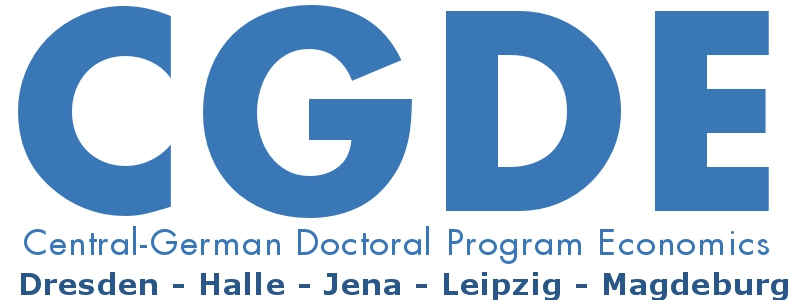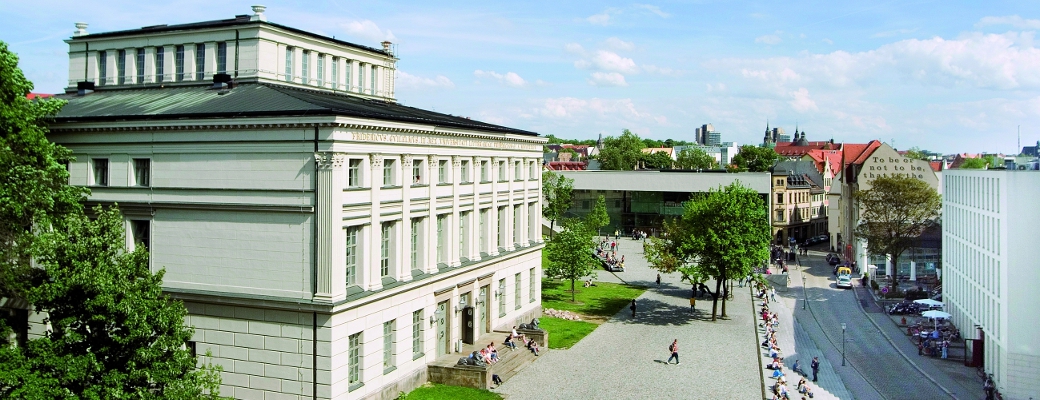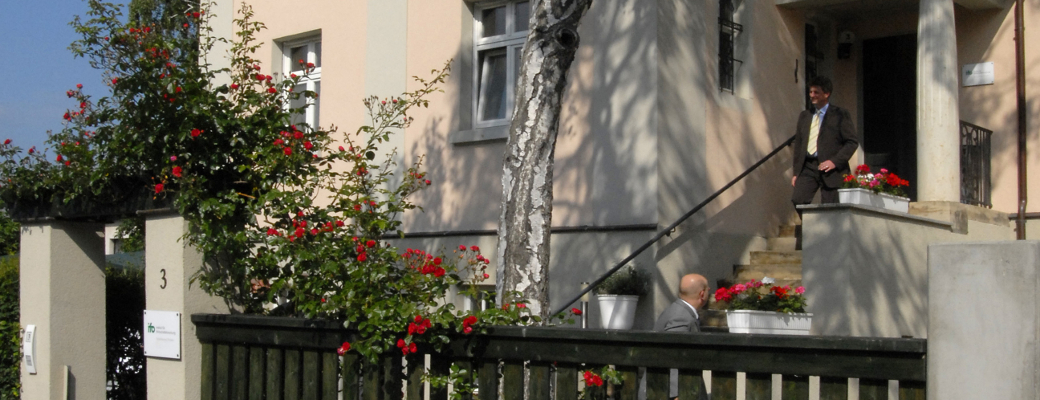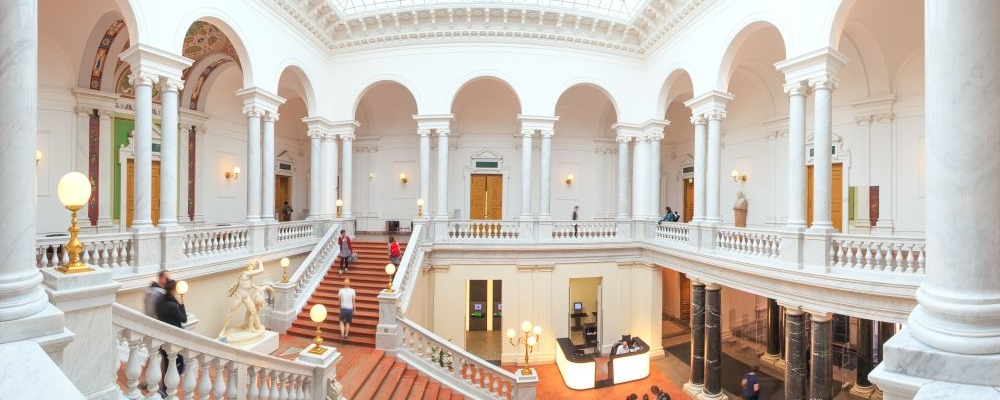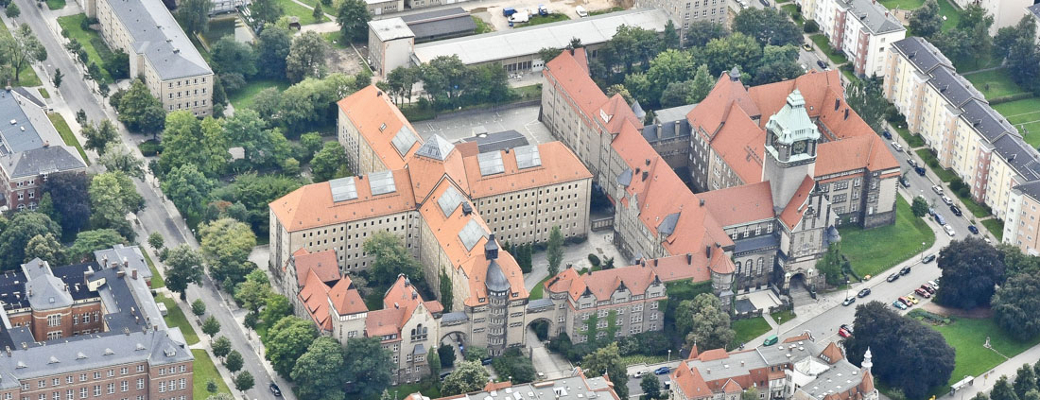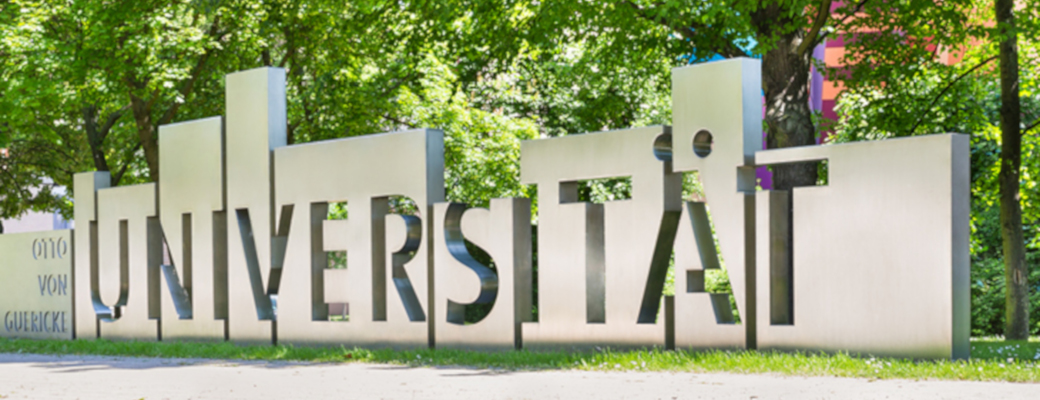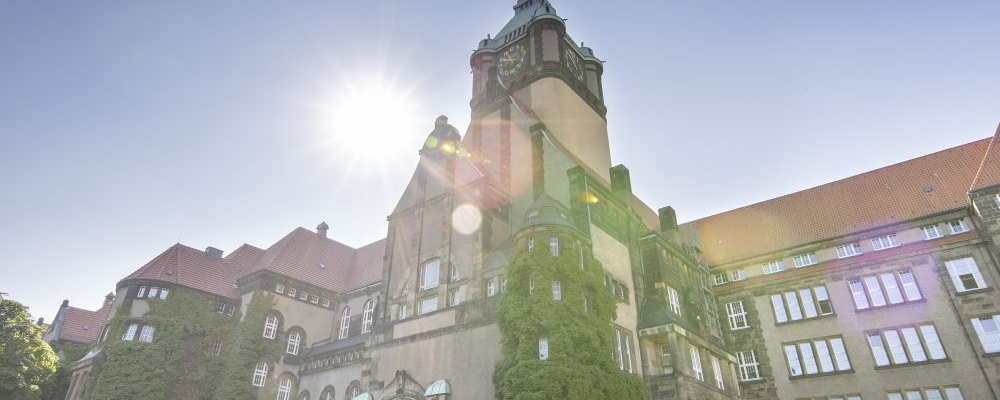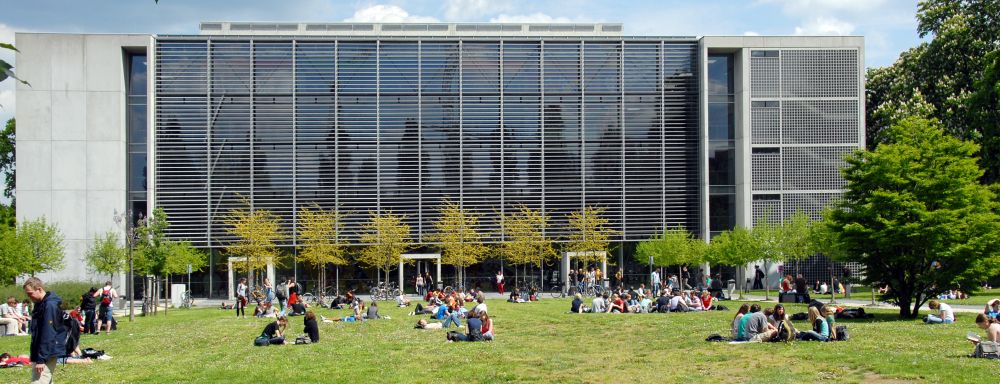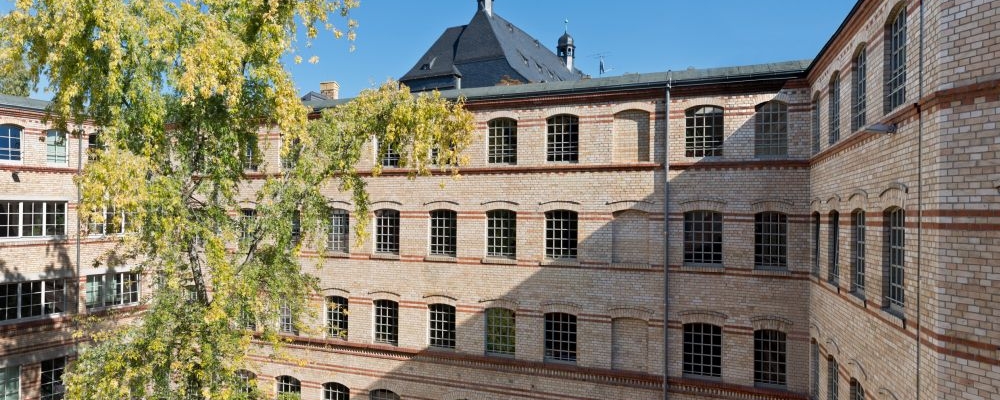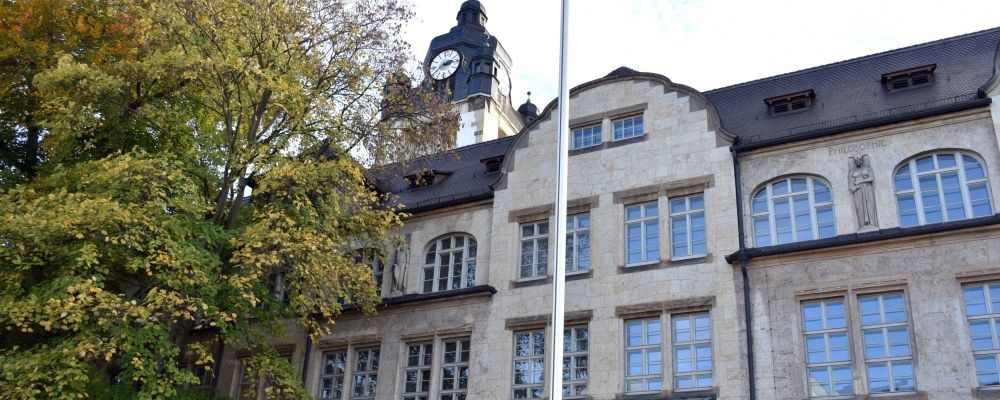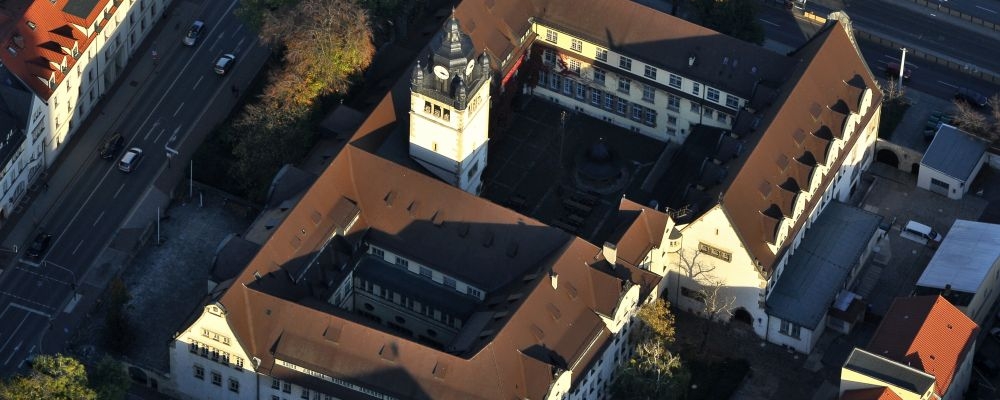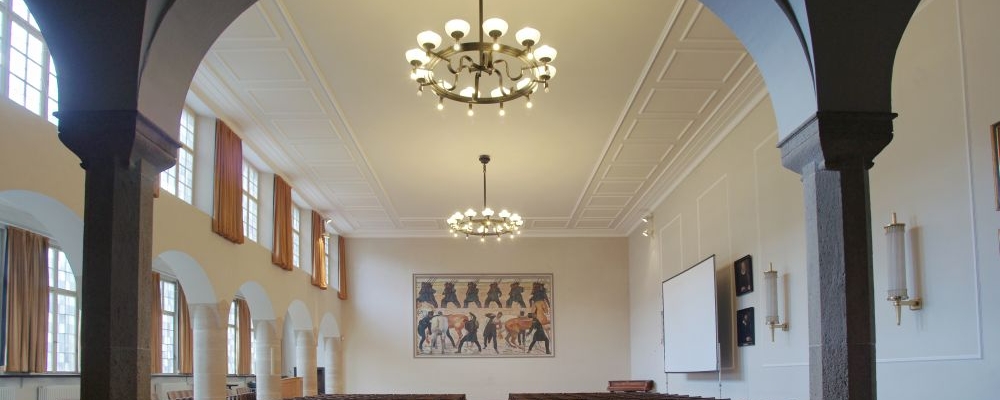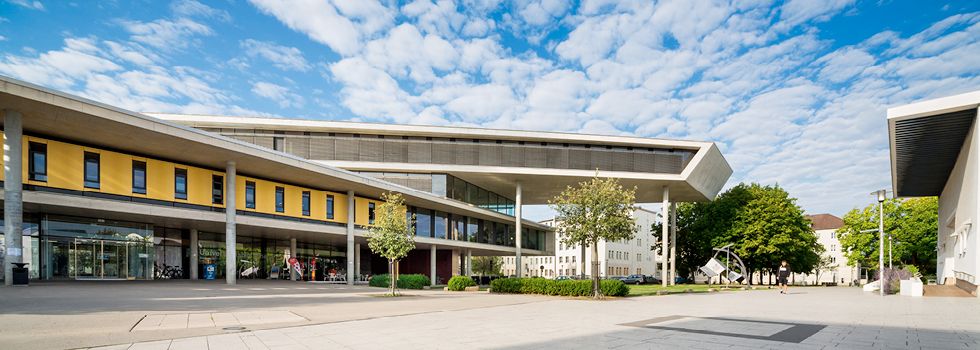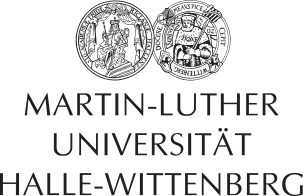Special Courses
Dynamic Resource Economics
Lecturer: Prof. Dr. Sjak Smulders (Tilburg University, Netherlands)
Date: September 13, 2010 – September 15, 2010 (Universität Leipzig), daily from 09:30 – 15:30
Venue: Universität Leipzig, Grimmaische Straße 12, Room: SR 8 (I132)
Registration: sprenger@wifa.uni-leipzig.de (Deadline: August 23, 2010)
Course Description
The world economy has grown enourmously, in particular since the industrial revolution and even more so after the second world war. At the same time, new problems related to environment and natural resource scarcity have arisen, ranging from deforestation (happening in Europe from at least the medieval time), the threat of coal scarcity in Jevons’ ninetheenth century, to massive air pollution and global warming alarms in our age. The question is if we can continue harvesting the wonders of new technologies without harvesting too much of our natural resources.
The course discusses theory and some evidence to give insights into the questions of resource scarcity, pollution, and the effect on growth. Special attention is paid to the interaction between resource use and technical change.
The lectures give a brief overview of the main (classic) theories and then quickly move on to topics at the frontier of research.
The first day discuss partial equilibrium theory. For non-renewable resources, the Hotelling framework is discussed and compared to an alternative, developed in Heal (1976), and empirically tested in Lin and Wagner (2007). We then use this framework to address the question whether new technologies might increase emissions from fossil fuels, the so called Green Paradox (Sinn 2008). We also discuss renewable resources and stock pollutants, and discuss when abatement would be optimal and how endogenous technological change affects the costs and timing of abatement (Goulder and Mathai 2000, Smulders and Di Maria 2008).
The second day discusses general equilibrium aspects, by turning to growth theory.
We build a general unifying framework to study the interaction between economic growth and resource use or environmental problems. We use the general framework to bridge several results and identify the key underlying assumptions and mechanisms behind the results. We also survey, compare, and assess the different modeling strategies available in the literature.
The third day discusses sustainability, i.e. intergenerational aspects of growth and resource use. We study how to replace GDP by measurement of welfare that take into account resources and generational issues better (“green accounting”). We study OLG models in which intergenerational transfers can be analysed.
Course Outline
Monday: Partial Equilibrium Resource Theory
a. Non-renewable resources
b. The green paradox, announcement effects, and implementation lags.
c. Pollution and technical change
Tuesday: Economic growth and resources
a. Limits to growth
b. Peak Oil
c. the Environmental Kuznets Curve (EKC)
Wednesday: Sustainable development
a. Green accounting
b. Sustainability policy versus environmental policy
c. Overlapping Generations (OLG) and the environment
Slides
Slide_1
Slide_2
Slide_3
Slide_4
Slide_5
Slide_6
Slide_7
Slide_8
Solution Sketch
Reading list (PDF)
Day 1: Partial Equilibrium Resource Theory
a. Non-renewable resources
*Heal, G.M. (1976), The relationship between price and extraction cost for a resource with a backstop technology, Bell Journal of Economics 7 (Autumn), 371-378.
Krautkraemer, J. (1998). Nonrenewable resource scarcity. Journal of Economic Literature 36, 2065-2107.
Hartwick (1982). Differential resource rents and the two theories of nonrenewable resource valuation. Resources and energy 4, 281-289.
Gaudet, Gérard (2007). “Natural Resource Economics under the Rule of Hotelling” Canadian Journal of Economics, Vol. 40, No. 4, pp. 1033-1059.
*Lin, C. and G. Wagner (2007). “Steady state growth in a Hotelling model of resource extraction” Journal of Environmental Economics and Management 54, 68-83.
Withagen, C. 1994. „Pollution and Exhaustibility of Fossil Fuels„. Resource and Energy Economics 16, 235-242.
b. The green paradox, announcement effects, and implementation lags.
Long, N. V., R. Q Grafton, T. Kompas. 2010. Biofuels Subsidies and the Green Paradox. CESIfo working paper 2960.
*Hoel, M., 2008, Bush Meets Hotelling: Effects of Improved Renewable Energy Technology on Greenhouse Gas Emissions, CESifo working paper no. 2492.
Sinn, H.-W., 2008, Public policies against global warming: a supply side approach, in Int Tax Public Finance 15: 360-394.
c. Pollution and technical change
*Goulder, L. and K. Mathai (2000), Optimal CO2 abatement in the presence of induced technological change, Journal of Environmental Economics and Management 39, 1-38.
Smulders, Sjak and Corrado Di Maria. (2008). “Endogenous Technological Change and the Cost of Environmental Policy”.
Day 2: Economic growth and resources
a. Limits to growth
Brock, William A. and M. Scott Taylor (2005) “Economic Growth and the Environment: A review of theory and empirics” in Philippe Aghion and Steven N. Durlauf (eds) Handbook of Economic Growth, Volume 1B. Amsterdam: Elsevier.
Groth, Christian (2007) “A New-Growth Perspective on Non-renewable Resources” in Bretschger and Smulders (eds) Sustainable resource use and economic dynamics. Dordrecht: Springer/Kluwer.
*Smulders 2010 “Limits to Growth? Key results from a generalized framework of Economic Growth, Environment, and Natural Resources.”
b. Peak Oil
*André, F. and S. Smulders (2007) “Fuelling growth when oil peaks: growth, energy supply, and directed technological change” University of Calgary Working Paper
c. the Environmental Kuznets Curve (EKC)
Stern, David I. (2004), “The Rise and Fall of the Environmental Kuznets Curve”, World Development, 32 (8), 1419 – 1439.
Copeland, B. and S. Taylor. 2003. International Trade and the Environment: Theory and Evidence. Princeton: Princeton University Press. Chapter 3.
Vellinga, N. and C. Withagen 1996. “On the concept of green national income” Oxford Economic Papers 48, 499-514.
Weitzman, M.L. 1997. “Sustainability and Technical progress” Scan J of Economics 99, 1-13.. Princeton: Princeton University Press. Chapter 3.
*Smulders Sjak (2006). “Growth and the Environment: on U-curves without U-turns”, in Carlos De Miguel, Xavier Labandeira and Baltasar Manzano (eds) Economic Modelling of Climate Change and Energy Policies, Edward Elgar.
Egli, H. and T. Steger (2007). A Simple Dynamic Model of the Environmental Kuznets Curve: Turning Point and Public Policy, Environmental and Resource Economics, 2007, Vol. 36, No. 1, 15-34.
Brock, W. And S. Taylor. 2010. The Green Solow Model. Journal of Economic Growth.
Smulders, S., L. /Bretschger, H. Egli 2010. Economic Growth and the Diffusion of CleanTechnologies: Explaining Environmental Kuznets Curves. Environmental and Resource Economics, forthcoming.
Day 3: Sustainable development
a. Green accounting
Dasgupta, Partha (2009). “The Welfare Economic Theory of Green National Accounts.” Environmental and Resource Economics 42, 3–38.
*Vellinga, N. and C. Withagen 1996. “On the concept of green national income” Oxford Economic Papers 48, 499-514.
Weitzman, M.L. 1997. “Sustainability and Technical progress” Scan J of Economics 99, 1-13.
Weitzman, M. L. 1999. Pricing the limits to growth from minerals depletion. Quarterly Journal of Economics 114/2: 691-706.
Van der Ploeg, F. 2010. “Why do many resource-rich countries have negative genuine saving? Anticipation of better times or rapacious rent seeking.” Resource and Energy Economics 32, 28-44.
Smulders, Sjak (2008). “Green National Accounting” in S. Durlauf and L. Blume (eds) The New Palgrave Dictionary of Economics, 2nd edition, Palgrave MacMillan.
b. Sustainability policy versus environmental policy
Chichilnisky, G. (1997). “What is Sustainable Development?” Land Economics 73/4, 467-491.
Pezzey, John C. V. “Sustainability Policy and Environmental Policy.” Scand. J. of Economics 106(2), 339–359, 2004. DOI: 10.1111/j.1467-9442.2004.00355.x .
c. Overlapping Generations (OLG) and the environment
John, A. and R. Pecchenino (1994), `An Overlapping Generations Model of Growth and the Environment‘, Economic Journal 104, 1393-1410.
Jouvet, Pierre-André; Philippe Michel; Jean-Pierre Vidal. (2000). “Intergenerational Altruism and the Environment.” The Scandinavian Journal of Economics, Vol. 102, No. 1. (Mar., 2000), pp. 135-150.
Bréchet, Thierry; Stéphane Lambrecht (2010). “Renewable resource and capital with a joy-of-giving resource bequest motive.” Resource and Energy Economics (forthcoming).
*Valente, Simone (2007). “Human Capital Resource Constraints and Intergenerational Fairness.” ETH working paper 07/68.
References marked with asterisk are compulsory reading (3 articles per day).
The syllabus is also available as pdf.
